Top Things to Know Before Buying Different House Plants
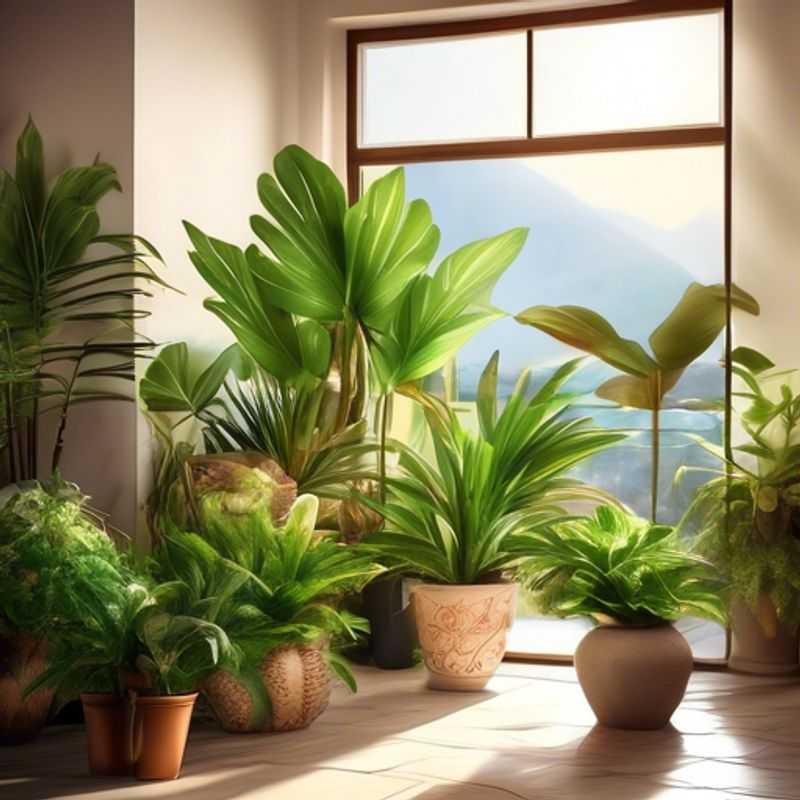
Top Things to Know Before Buying Different House Plants: A Guide for Green Thumbs
Bringing a new houseplant home is like welcoming a new member of the family. It's a delightful experience, but like any new relationship, it takes a bit of understanding to make it flourish.

Unlocking the Secrets to Happy House Plants: A Guide to Specific Care Requirements
When venturing into the delightful world of houseplants, understanding their individual care needs is crucial for their thriving. Each species has unique requirements for light, water, soil, and humidity. The key is to research the specific needs of your chosen plants.
Let’s dive into the fundamental elements of houseplant care:
Light: Houseplants demand varying levels of sunlight. Some flourish in bright, indirect light, while others prefer shade. Knowing your plant's light preferences is crucial for its well-being.
Water: The frequency and amount of watering depend on the plant type. Some plants need regular watering, while others prefer to dry out slightly between waterings. Overwatering is a common cause of plant demise, so it's essential to avoid this.
Soil: Appropriate soil is vital for plant health. Choosing a well-draining soil mix is essential for most houseplants. Repotting with fresh soil can rejuvenate your plants.
Humidity: Certain plants thrive in humid environments. You can increase humidity by grouping plants together, using a humidifier, or placing a pebble tray filled with water beneath the pot.
Fertilizer: Regular fertilization can provide your houseplants with essential nutrients. Choose a balanced liquid fertilizer specifically formulated for indoor plants.
Pests and Diseases: Keep an eye out for pests and diseases. Early detection and treatment are essential for preventing problems.
By researching the specific needs of your houseplants and providing them with the right care, you'll nurture their growth and create a vibrant, green oasis within your home.

Sunlight, Water, and Humidity: Understanding Your Plant's Needs
Understanding the specific needs of a plant in terms of sunlight, water, and humidity is crucial for its healthy growth and survival. These factors are interconnected, and a balance must be achieved to ensure the plant thrives.
Sunlight is essential for photosynthesis, the process by which plants convert light energy into chemical energy for growth. Different plants have varying light requirements, from full sun to partial shade. Water is vital for hydration, nutrient transport, and various physiological processes. Overwatering can lead to root rot, while underwatering can cause wilting and dehydration. Humidity refers to the moisture content in the air. Some plants thrive in high humidity environments, while others prefer drier conditions.
When selecting a plant, it's essential to research its specific light, water, and humidity requirements. Consider the location where you plan to grow the plant and its exposure to sunlight, the frequency of watering, and the humidity level of the environment. By understanding these factors, you can provide the optimal growing conditions for your plant and ensure its healthy growth and longevity.
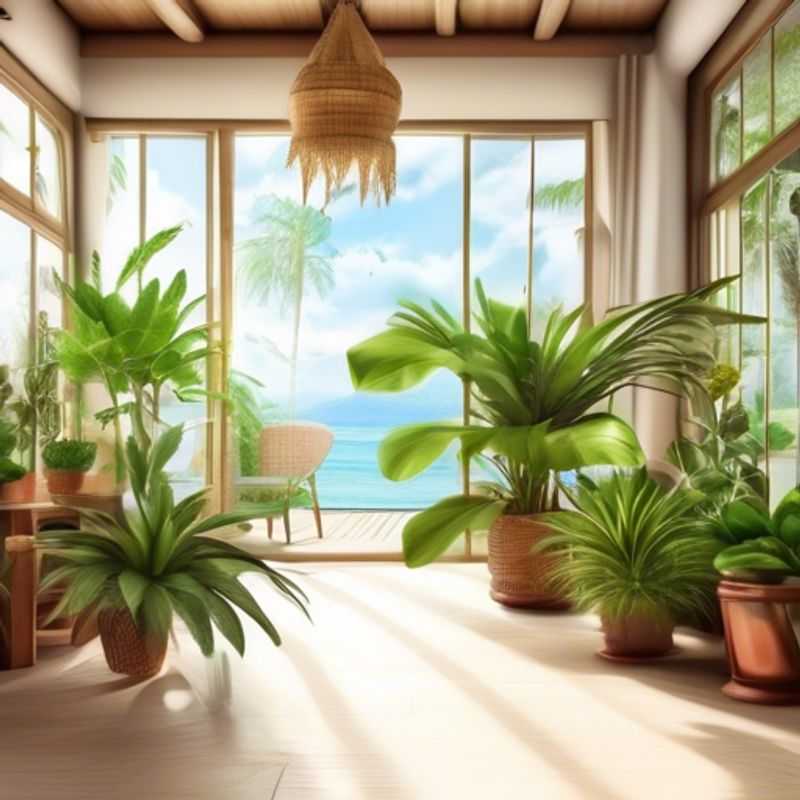
Planning for Growth: Choosing the Right Plant for Your Space
Before you plant anything, it's crucial to understand how big it will get. This is especially true for trees and shrubs, which can quickly outgrow their space, causing problems for your home, landscaping, and even your neighbors. Always research the mature size of the plant, including its height, width, and root spread.
Consider the following:
• Space availability: Measure the area you have available, accounting for existing structures, walkways, and other plants. Ensure you have enough room for the plant to grow to its full size without becoming crowded or encroaching on other elements.
• Root System: The roots of some plants can grow very wide and deep, potentially damaging nearby structures or interfering with other plants. This is especially important to consider when planting near sidewalks, foundations, or drainage systems.
• Sun and Shade: Different plants have different sun requirements. Consider the amount of sunlight your chosen plant needs and ensure it will receive enough. Planting a sun-loving tree in a shady location will lead to stunted growth and a less healthy plant.
• Mature Height and Spread: Researching the plant's mature height and spread will help you visualize its future size and if it will fit in your space. Be realistic about how much space it will need, allowing for adequate room to grow and thrive.
• Growth Habits: Some plants have an upright growth habit while others spread out. Understanding the plant's growth habit will help you choose the best spot in your yard, allowing for optimal space and sun exposure.
Remember that proper planning and careful consideration of the plant's size and growth needs will save you time, money, and headaches in the long run. If you're unsure about the size of a particular plant, consult with a local nursery or arborist for expert advice.
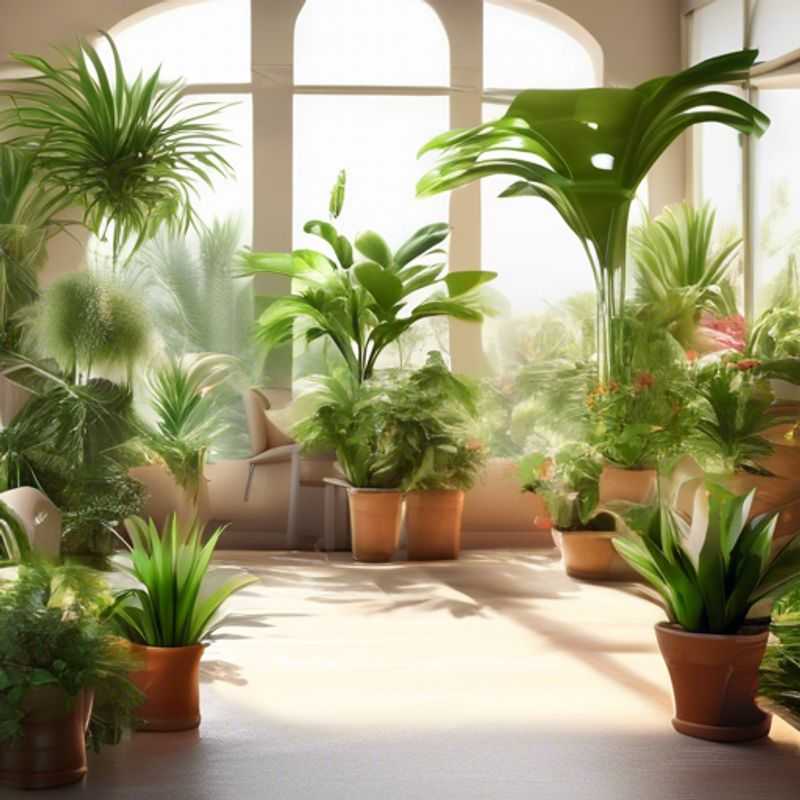
Pet-Friendly Plants: A Guide to Keeping Your Furry Friends Safe
Bringing greenery into your home can be incredibly rewarding, but it's crucial to consider your furry friends' safety. Many common houseplants can be toxic to pets, causing a range of reactions from mild gastrointestinal upset to severe organ damage. Before you bring a new plant home, it's essential to research its pet-friendliness.
There are several resources available online to help you identify potentially dangerous plants. The ASPCA (American Society for the Prevention of Cruelty to Animals) and the Pet Poison Helpline are great starting points. These websites provide comprehensive lists of toxic and non-toxic plants, along with information on symptoms of poisoning and what to do if your pet ingests a harmful plant.
While online research is a great first step, it's always a good idea to err on the side of caution. If you're unsure about a particular plant, consult with a veterinarian or a knowledgeable plant specialist. When choosing houseplants, opt for those known to be non-toxic to pets or place them out of reach of curious noses and paws.
Remember, prevention is key. Be mindful of your pet's behavior around plants, and if you notice any signs of illness after exposure to a plant, contact your veterinarian immediately.
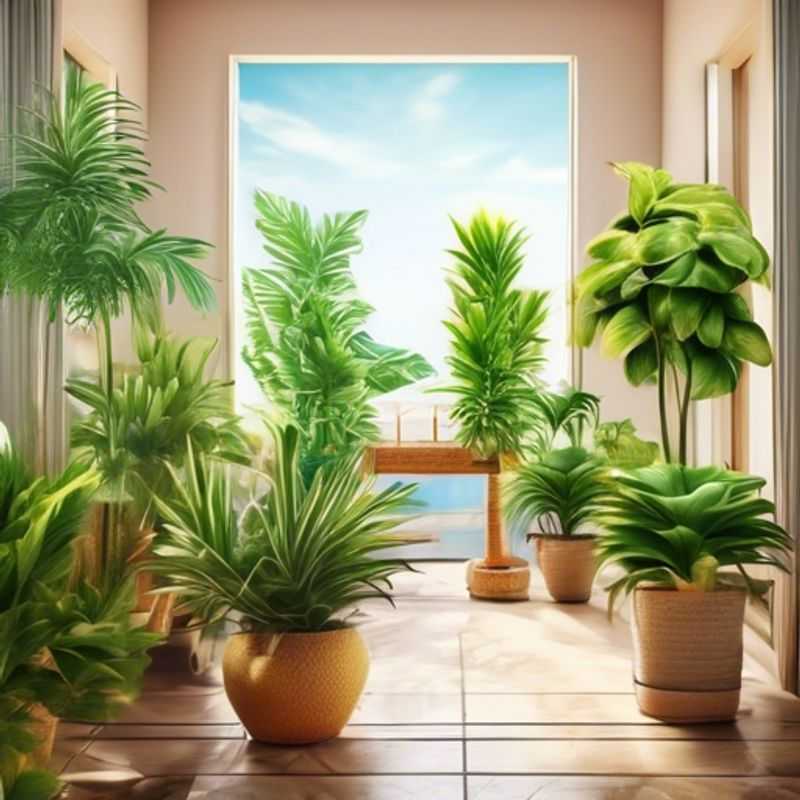
Unmasking the Enemies: Common Pests and Diseases of House Plants
House plants, like any living organisms, are susceptible to pests and diseases. Recognizing common threats can save your green companions.
Common Pests include:
Aphids: Tiny, soft-bodied insects that suck sap from leaves, causing them to curl and yellow.
Mealybugs: Cottony white insects that cluster in leaf axils and stems, causing stunted growth and yellowing.
Spider Mites: Tiny arachnids that spin webs and feed on leaves, leaving behind yellow spots and stippling.
Scale Insects: Hard, shell-like insects that attach to stems and leaves, sucking sap and causing distortion.
Common Diseases include:
Powdery Mildew: White, powdery coating on leaves, often caused by humid conditions and poor air circulation.
Root Rot: Fungal infection that damages roots, leading to wilting and yellowing. Overwatering is a common cause.
Leaf Spot: Brown or black spots on leaves, often caused by bacteria or fungi.
Tips for Prevention and Control:
Regularly inspect your plants for signs of pests and diseases.
Isolate affected plants to prevent spreading.
Use insecticidal soap or neem oil for pests.
Improve airflow and avoid overwatering to reduce fungal growth.
Consult with a local gardening expert for further guidance.

Budgeting Savvy: Finding Affordable Options That Meet Your Needs
Budgeting is a crucial step when planning for any project, including finding affordable options that meet your needs. The first step is to determine your overall budget. Consider your financial resources and prioritize your needs. For example, if you’re searching for an apartment, consider your monthly income and expenses. Are you willing to sacrifice some amenities to fit within a specific price range?
Once you have a clear budget in mind, start looking for affordable options. This could involve researching different websites and resources for deals, comparing prices, or seeking advice from friends or family who have experience in finding affordable options. Remember to factor in all associated costs, such as down payments, taxes, insurance, and maintenance fees. This helps ensure that you’re not caught off guard by unexpected expenses. It’s also important to be realistic about your expectations. While it’s tempting to aim for the most luxurious option, focusing on practicality and affordability might be more beneficial in the long run.
When searching for affordable options, look for deals and discounts, consider buying pre-owned or refurbished items, and explore alternative solutions or services. For instance, if you’re looking for a car, consider buying a used car or opting for public transportation. Remember that affordability doesn’t necessarily mean compromising on quality. With some research and effort, you can find high-quality options within your budget.
Lastly, prioritize your needs and focus on finding value for your money. This could involve focusing on features that are essential for your needs and avoiding unnecessary extras that add to the cost. By being organized and strategic, you can successfully navigate the process of finding affordable options that align with your budget and fulfill your requirements.
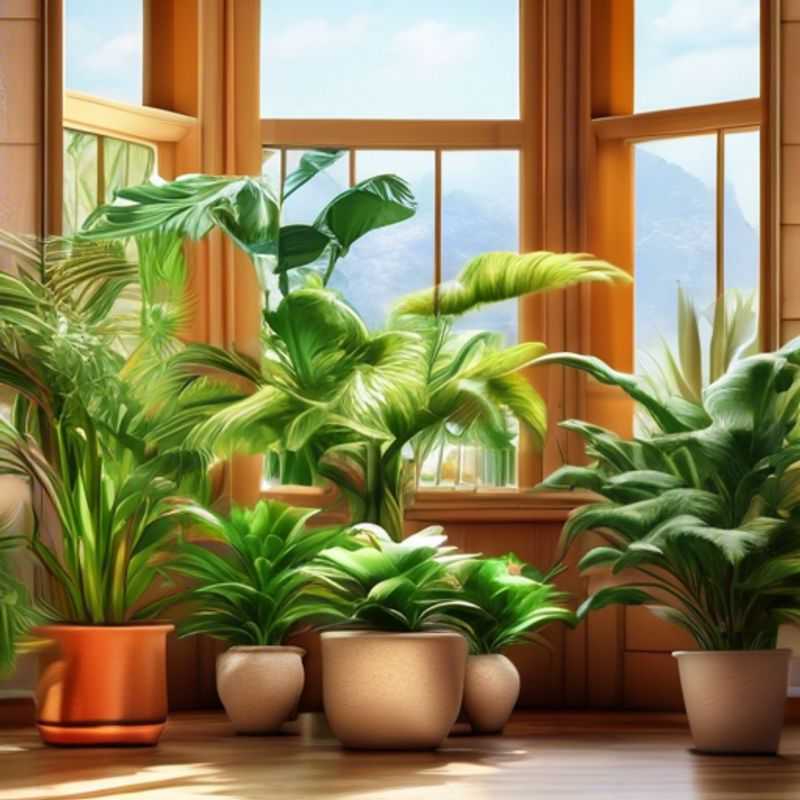
From Shocked to Thriving: Acclimating New Plants for Success
Bringing a new plant home is exciting, but it's crucial to acclimate it to its new environment to prevent shock. This process helps your plant adjust to the change in light, temperature, and humidity, giving it the best chance to thrive.
Start by gradually introducing your plant to its new location. Don't immediately place it in direct sunlight or a drafty spot. Instead, choose a spot that mimics the conditions it experienced at the nursery. For example, if it was in a shady area, keep it in a similar spot in your home.
Monitor your plant for signs of stress, such as wilting leaves, discoloration, or dropping buds. If you notice any of these, consider moving it to a slightly different location.
Watering is crucial during acclimation. Avoid overwatering, as this can lead to root rot. Allow the soil to dry slightly between waterings, and water deeply when you do. You may need to adjust your watering schedule depending on your plant's needs and the humidity levels in your home.
Fertilizing is important after acclimation, as your plant will need nutrients to grow. However, don't fertilize too early, as this can stress the plant. Wait until your plant has settled in and is showing signs of growth.
Be patient and observant. Acclimation takes time, and your plant may not show signs of growth immediately. Keep an eye on it, adjust its environment as needed, and give it time to adjust. With a little care and attention, your new plant will flourish in its new home.
